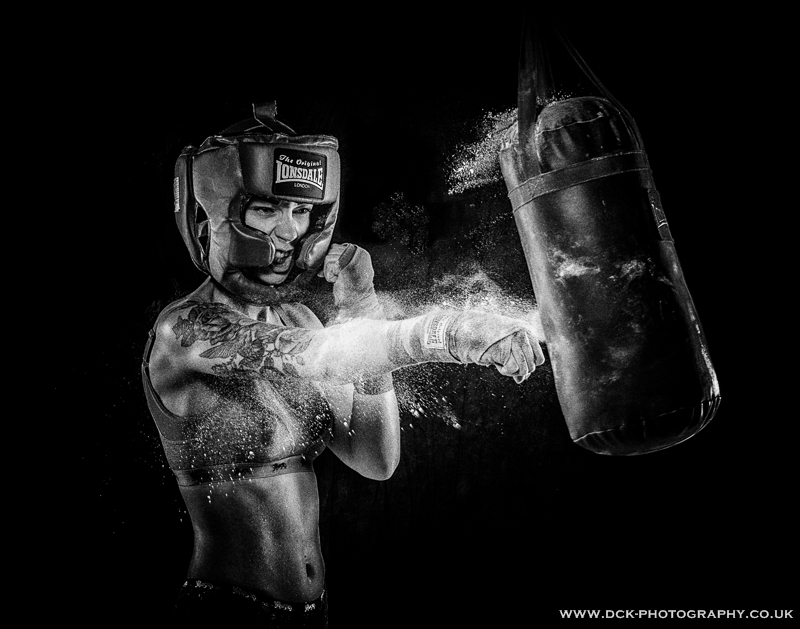In one of my striking classes, I was paired up with the new guy. He was a 250 pound bodybuilder – a man mountain of epic proportions. With me weighing in at about 145, it looked like quite the mismatch.
I held pads for him while he wound up for his first combination, and…NOTHING. There was no loud thud, no bang-bang as he connected. In fact, there was barely any impact.
Although I wish I could say it was because I’m Hulk-strong, but that’s not the case – not this time anyway.
Punching is all about technique, and no amount of muscle can compensate for poor technique.
As big and strong as the bodybuilder was, he had never learned the right way to punch – his punches were weak and pathetic.
With the right technique, you can harness all your power and pack a strong punch.
The Right Technique for Straight Punches
The power from every punch starts at your feet, so let’s start there. We’ll use a right cross as an example.
If you’re in a normal stance with your right foot back, the ball of your foot needs to be touching the ground and should twist counter-clockwise as your upper body twists.
You don’t need to exaggerate it and end up with your big toe pointing to your left foot; just a slight rotation is enough.
This rotation causes a chain reaction. Your hips turn, which turns your abdomen, which turns your shoulder just enough to give your punch a nice snap as you extend it.
As your arm extends for the punch, your shoulder needs to go with it. Look in the mirror and throw a jab or a cross slowly. When your arm is fully extended, your shoulder should be turned enough that it’s touching your face.
You don’t actually need to hit yourself in the face every time you punch. Just do this slightly exaggerated motion until your muscles learn to do the movement and it comes naturally.
As your elbow straightens and you’re close to hitting your target, it’s important to have your fist the right way – if you’re a complete newbie, that means palm down and knuckles facing up.
One of the critical mistakes made involves thumb placement. Your thumb should be outside the fist and stretched across your other fingers. Don’t ever punch with your fingers wrapped around your thumb – unless your goal is to break your thumb.
When your fist makes contact with the bag, pads or an opponent’s unlucky face, the thumb shouldn’t touch anything. In fact, the only thing to make contact should be your front two knuckles.
Your wrist should be straight and not bent upon impact. Otherwise, there’s a good chance you may end up hurting yourself. Nothing is more embarrassing than being asked how you broke your wrist, then having to explain that you did it hitting a heavy bag.
After impact, you need to snap your hand back as quickly as possible. THIS IS CRUCIAL! You don’t want to leave it out and push your opponent or leave yourself open to a counter punch. This isn’t just a defensive tactic. As odd as it may seem, you actually create more force if you pull back as soon as you fully extend and hit your target.
Practice Makes Perfect
Getting great punching technique takes time.
I stood in front of the gym’s sweat-soaked mirrored walls shadow-boxing for 15 minutes at a time. It’s a great way to learn because you can see what you’re mistakes and correct them immediately.
Hitting a heavy bag repetitively is another great learning tool; it gives your muscles the chance to develop muscle memory of the right technique.
No matter what you do, don’t get frustrated. It’ll come to you eventually.
As you train, constantly be mindful of your punching technique. The hard work and focus will pay off, and one day you’ll land a knockout punch.
